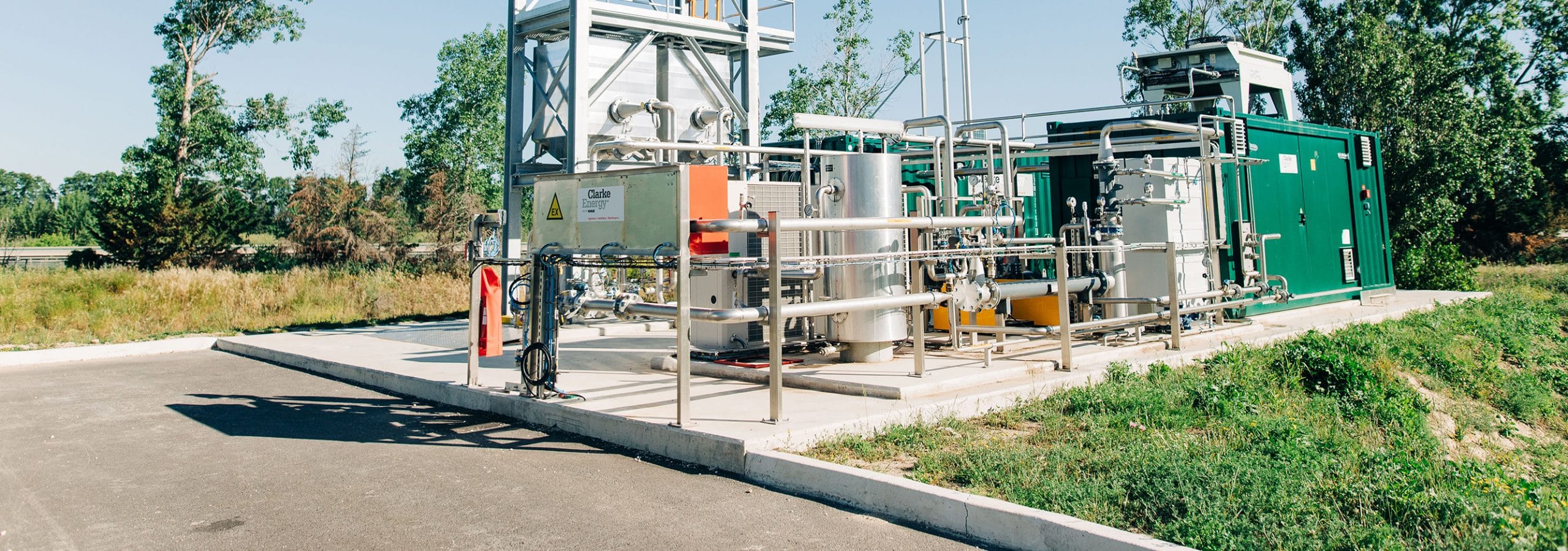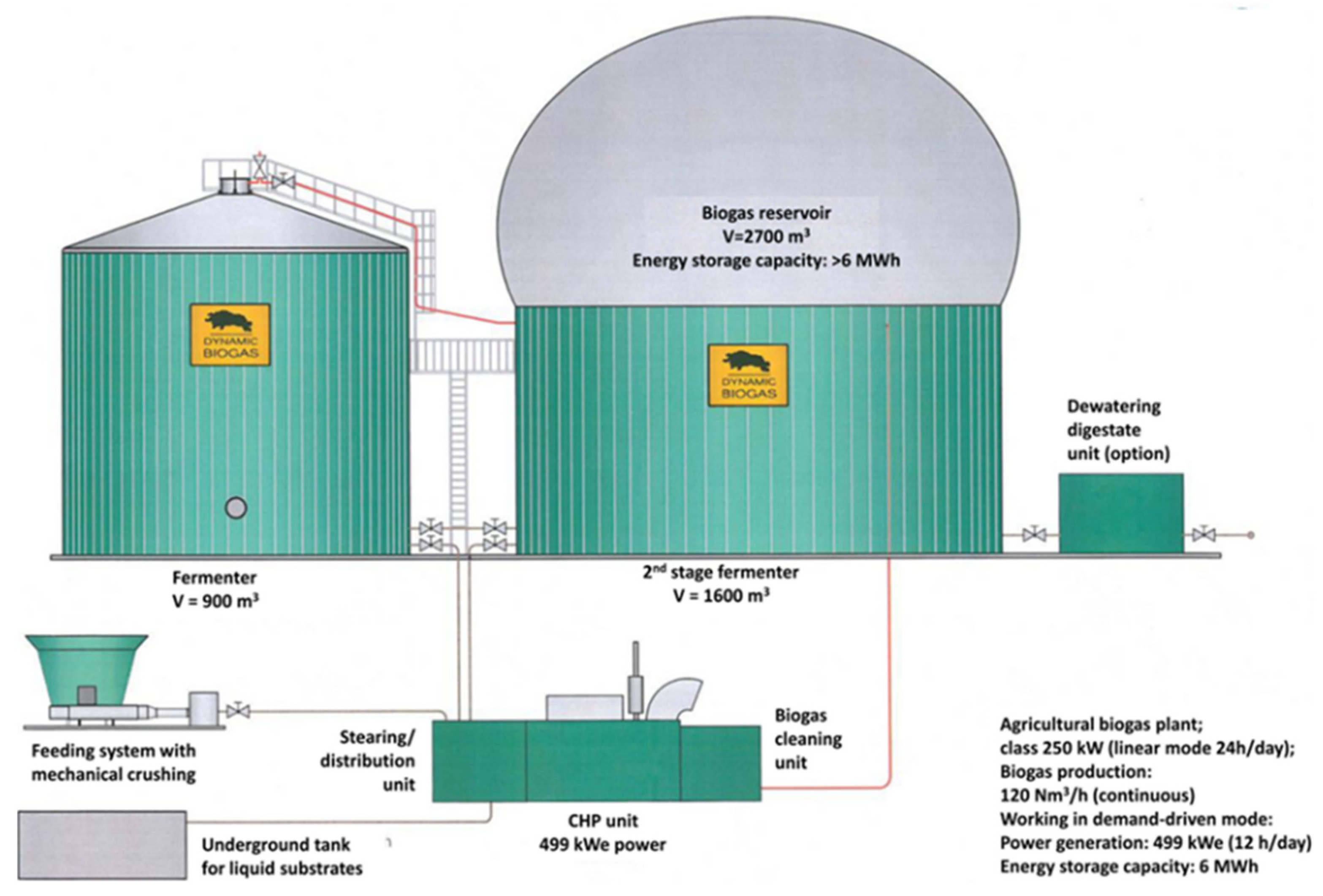The world is increasingly focusing on renewable energy sources to reduce dependence on fossil fuels and combat environmental degradation. One such renewable energy source is bio-gas, which is produced through the anaerobic digestion of organic waste. Bio-gas plants have gained prominence in recent years for their ability to produce clean energy while also managing waste effectively.
In this article, we will explore the history of bio-gas plants, specifically answering the question, "When was the first bio-gas plant installed?" We will also look at the significance of bio-gas plants, their benefits, and how they contribute to sustainable energy solutions. Additionally, we will discuss the role of bio-gas plants in Pakistan and their growing importance in the country's energy landscape.
What is a Bio-Gas Plant?
A bio-gas plant is a facility that uses organic waste, such as agricultural residue, animal manure, and food waste, to produce bio-gas. This process occurs through anaerobic digestion, where microorganisms break down the organic matter in the absence of oxygen, producing methane gas. The bio-gas can then be used as a fuel for cooking, electricity generation, and even as a vehicle fuel.
Key Features of Bio-Gas Plants
-
Renewable Energy Source: Bio-gas is a sustainable and eco-friendly alternative to fossil fuels.
-
Waste Management: Bio-gas plants help manage organic waste effectively, reducing landfill waste.
-
Energy Production: The methane gas produced can be used for cooking, heating, and electricity generation.
-
Environmental Benefits: Bio-gas production reduces greenhouse gas emissions and helps in reducing air pollution.

The installation of the first bio-gas plant in 1859 in Lucknow, India, marked the beginning of a new era in renewable energy. Over the years, bio-gas plants have evolved, becoming an essential part of the global energy landscape. In countries like Pakistan, bio-gas plants are helping to address energy shortages, manage waste, and reduce environmental pollution. As the world continues to move towards sustainable energy solutions, the role of bio-gas plants will only grow in importance, offering a cleaner and greener future for generations to come.
The First Bio-Gas Plant Installation: A Historic Milestone
The installation of the first bio-gas plant marked the beginning of a new era in renewable energy. The concept of using organic waste to produce energy dates back to ancient civilizations, but it wasn’t until the 19th century that the first modern bio-gas plant was built.
When Was the First Bio-Gas Plant Installed?
The first modern bio-gas plant was installed in 1859 in India. This plant was set up in Lucknow, India, by a British engineer named William Cruickshank. It was designed to convert organic waste from local sewage into bio-gas, which was then used for lighting purposes. This marked a significant step forward in utilizing organic waste for energy production and laid the foundation for future bio-gas technologies.
Key Facts About the First Bio-Gas Plant
-
Location: The first bio-gas plant was installed in Lucknow, India.
-
Year of Installation: The plant was installed in 1859.
-
Purpose: The plant was used to convert sewage waste into bio-gas for lighting.
-
Engineer: The project was led by British engineer William Cruickshank.
-
Technology: The plant used basic anaerobic digestion methods to produce bio-gas.
Bullet Points: Key Features of the First Bio-Gas Plant
-
Installed in 1859 in Lucknow, India.
-
Used sewage waste for producing bio-gas.
-
Designed by William Cruickshank, a British engineer.
-
Primarily used for lighting purposes at the time.
-
Pioneered the use of anaerobic digestion for energy production.
Evolution of Bio-Gas Plants Over Time
The initial success of the first bio-gas plant in 1859 inspired further research and development in the field of bio-gas technology. Over the years, bio-gas plants have evolved significantly, with improvements in efficiency, scale, and applications. The modern bio-gas plants are much larger and more efficient, with advanced technology that allows them to handle a wide range of organic waste materials.
Key Milestones in Bio-Gas Plant Development
-
1859: The first bio-gas plant was installed in Lucknow, India, by William Cruickshank.
-
1930s: The development of large-scale bio-gas plants began in Europe, particularly in Germany.
-
1970s: The global energy crisis spurred interest in renewable energy sources, leading to the establishment of more bio-gas plants.
-
2000s: The rise of environmental awareness led to the adoption of bio-gas plants for waste management and energy production worldwide.
-
Present Day: Bio-gas plants have become an integral part of sustainable energy solutions, with many countries investing in large-scale bio-gas production.
Numbered List: Evolution of Bio-Gas Plants
-
1859: The first bio-gas plant in Lucknow, India.
-
1930s: Large-scale bio-gas plants developed in Germany.
-
1970s: Global interest in bio-gas plants grew due to the energy crisis.
-
2000s: Increased adoption of bio-gas for waste management and renewable energy.
-
Present Day: Bio-gas plants are a key part of sustainable energy solutions.
Bio-Gas Plants in Pakistan
Pakistan has also recognized the importance of bio-gas plants in addressing energy shortages and waste management issues. The country has made significant progress in adopting bio-gas technology to meet its energy needs and reduce its environmental footprint.
Role of Bio-Gas Plants in Pakistan
Pakistan faces a growing demand for energy, and bio-gas plants offer a viable solution to meet this demand. By utilizing organic waste, Pakistan can generate clean energy while also managing waste effectively. Additionally, bio-gas plants can help reduce the country's dependence on fossil fuels, which are a major contributor to air pollution and greenhouse gas emissions.
Key Benefits of Bio-Gas Plants in Pakistan
-
Energy Generation: Bio-gas plants provide an alternative source of energy, helping to address Pakistan's energy crisis.
-
Waste Management: These plants help in managing agricultural and household waste, reducing the burden on landfills.
-
Environmental Impact: Bio-gas production reduces the emission of harmful gases like methane, contributing to a cleaner environment.
-
Rural Development: Bio-gas plants provide rural communities with a sustainable source of energy, improving their quality of life.
Bullet Points: Benefits of Bio-Gas Plants in Pakistan
-
Helps address energy shortages in Pakistan.
-
Provides a clean alternative to fossil fuels.
-
Reduces waste and manages agricultural and household waste.
-
Contributes to environmental sustainability by reducing emissions.
-
Provides sustainable energy for rural communities.

FAQs About Bio-Gas Plants
1. When was the first bio-gas plant installed?
The first modern bio-gas plant was installed in 1859 in Lucknow, India, by William Cruickshank.
2. What is the purpose of a bio-gas plant?
A bio-gas plant is used to convert organic waste into bio-gas, which can be used for cooking, electricity generation, and heating.
3. How do bio-gas plants work?
Bio-gas plants work by using anaerobic digestion, where microorganisms break down organic waste in the absence of oxygen, producing methane gas.
4. What are the benefits of biogas plants?
Bio-gas plants provide clean energy, help in waste management, reduce greenhouse gas emissions, and contribute to sustainable development.
5. Are bio-gas plants used in Pakistan?
Yes, bio-gas plants are being increasingly adopted in Pakistan to address energy shortages and improve waste management.





.gif)








.gif)







Sign in
to continue to ilmkidunya.com